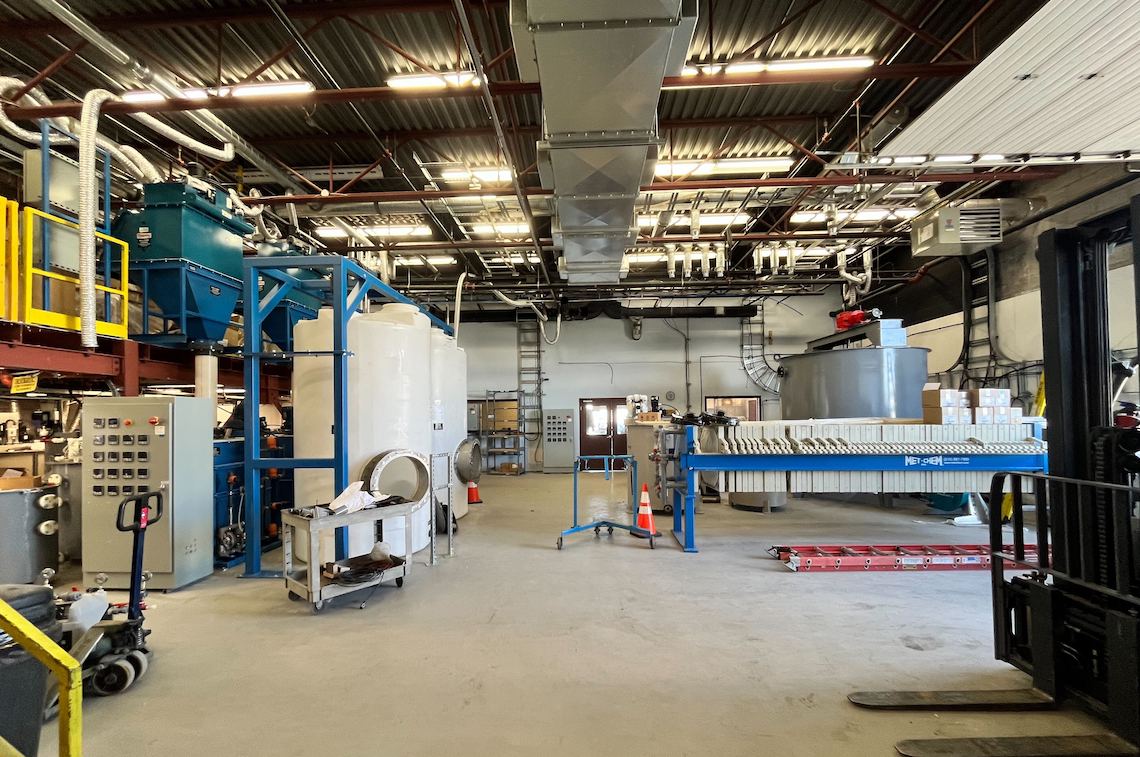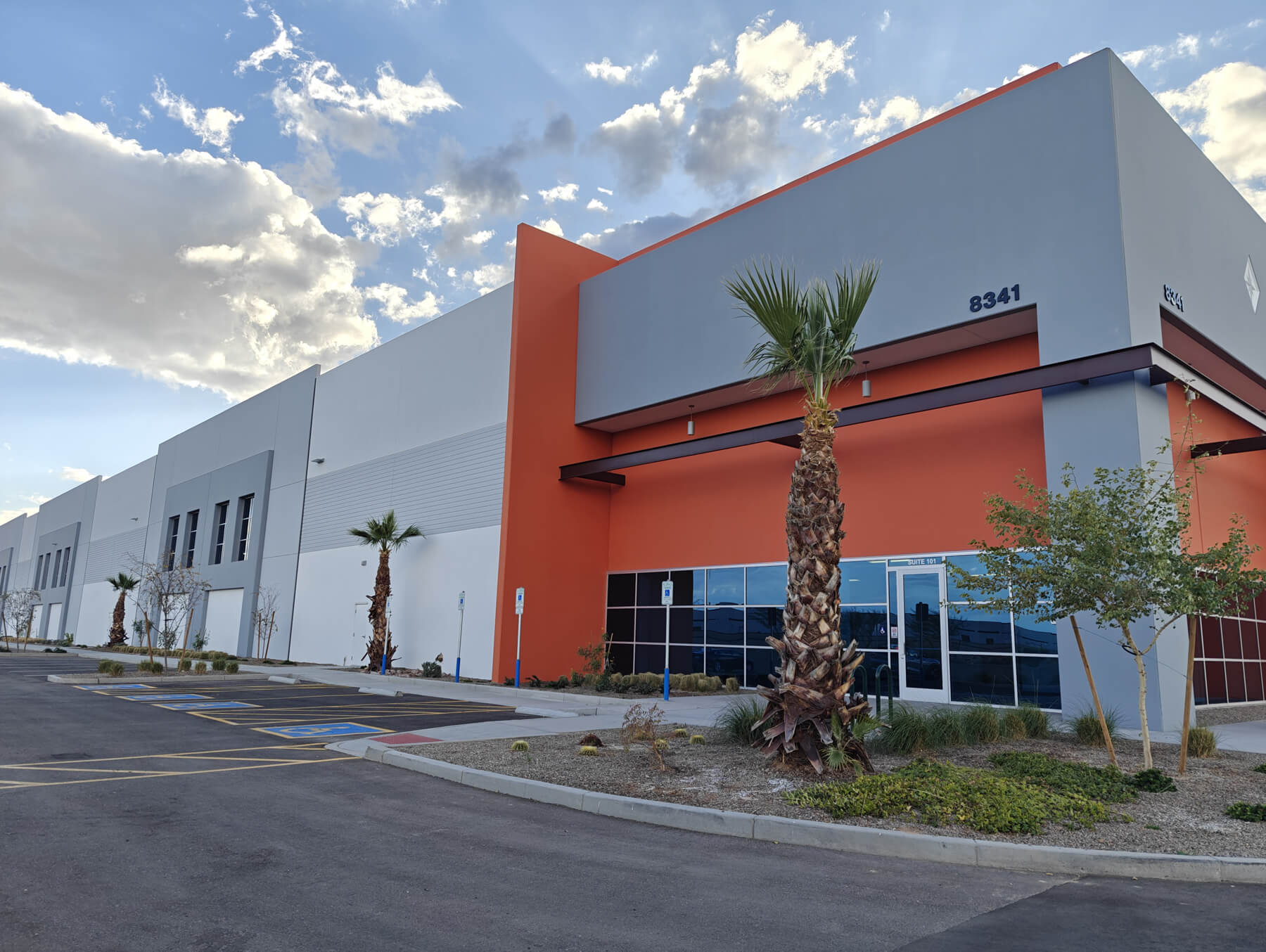Cyclic Materials’ magnet recycling goes commercial in 2025 – a new lever for supply security and ESG advantage
Cyclic Materials is switching on one of the largest rare-earth magnet recycling operations outside China, with a spoke in Mesa, Arizona and a hub in Kingston, Ontario slated for commercial operations next year. By shredding devices at spokes and chemically extracting rare earths at hubs, the company aims to recover neodymium and other magnet metals with 95% less water use and roughly 60% lower emissions than mining, according to the company. For executives in EVs, wind, robotics, and electronics, this is a near-term path to diversify critical-mineral supply, de-risk against export restrictions, and credibly lower Scope 3 footprints.
Executive Summary
- Supply-chain resilience: New Western source of magnet metals as China tightens export controls and tariffs escalate.
- Cost and carbon: Multi-metal recovery (rare earths plus aluminum, steel, copper) improves unit economics; up to ~60% lower emissions strengthens ESG claims and green procurement eligibility.
- First-mover advantage: Early offtake and collection partnerships can lock access ahead of a wave of end-of-life EVs and wind turbines.
Market Context
Rare earth magnets power EV motors, wind turbines, smartphones, and industrial automation. Demand for neodymium-based magnets is set to surge as electrification accelerates, yet only about 0.2% of rare earths are recycled from spent devices globally due to collection and disassembly challenges. China dominates the magnet supply chain and has escalated export restrictions in response to recent U.S. tariffs-a structural risk for Western manufacturers.

Cyclic Materials’ spoke-hub model targets that gap: localized collection and shredding at spokes, centralized chemical extraction at hubs. The initial Kingston hub is designed for 500 metric tons of magnet waste per year, a small but strategic start relative to a U.S. recyclable pool projected to exceed 43,000 tons by 2035. Backed by over $100 million in funding, ~2,000 potential suppliers/customers, and agreements with partners like Lime and RenerCycle, the company has an early offtake pathway via Brussels-based Solvay-though a limited number of non-China magnet makers remains a bottleneck.

Opportunity Analysis
Who benefits first: automakers and wind OEMs seeking domestic-content compliance and price stability; e-mobility fleets and consumer-electronics brands looking to monetize returns and meet recycling mandates; industrials and robotics firms hedging geopolitical risk. The economics improve when recyclers capture multiple metals and when producers design for disassembly to shrink collection costs. Early partnerships can also influence feedstock specs and ensure recycled content qualifies for low-carbon procurement and financing.

- Procurement: Secure multi-year offtake for recycled rare-earth mixtures; explore price-indexed contracts to hedge volatility.
- Circular design: Standardize magnet modules and fasteners to speed removal; tag components to enable reverse logistics.
- Revenue stacking: Bundle aluminum, steel, and copper recovery in take-back programs to improve ROI.
- Policy alignment: Position for incentives and public tenders favoring recycled content and lower embodied carbon.
Action Items
- Map magnet exposure: Quantify neodymium needs and end-of-life returns across products and geographies for 2025-2030.
- Negotiate offtake MOUs: Engage Cyclic Materials and peers for recycled rare-earth supply; reserve capacity ahead of ramp.
- Stand up reverse logistics: Partner with fleets, refurbishers, and decommissioning firms to aggregate magnet-rich devices.
- Pilot recycled content: Qualify recycled rare-earth mixtures in motors/generators; update specs and certification pathways.
- Embed design for disassembly: Launch engineering sprints to standardize magnet housings and access points in next-gen products.
- Integrate into ESG claims: Update LCAs and Scope 3 reporting to reflect lower water use and emissions; align with customer RFPs.
- Scenario-plan supply risk: Model China export-control shocks and price spikes; use recycled supply to cap downside.
Leave a Reply